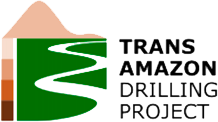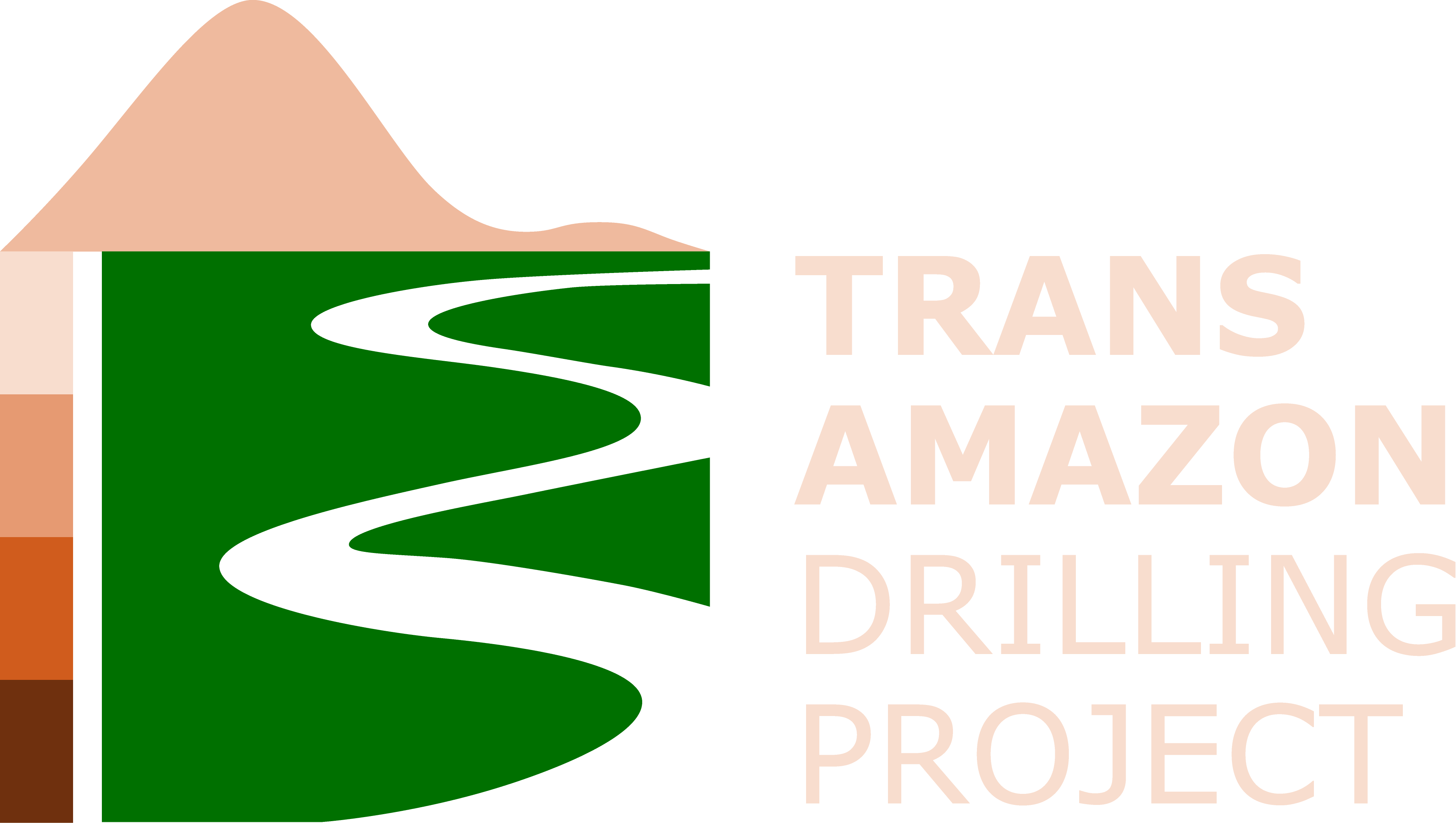About the project
The Trans-Amazon Drilling Project (TADP) addresses fundamental questions about the geologic and climatic evolution of the Amazon, the origins of the Amazon rain forest and its incomparable biodiversity, the timing of the uplift of the Andes, and the causes of the mass extinction at the Triassic/Jurassic boundary. To achieve these goals, this project intends to drill two sedimentary basins of the Amazon region in Brazil, the Acre Basin and the Marajó Basin. These two sites transect the near-equatorial Amazon region of Brazil, from the Andean foreland to the Atlantic Ocean, encircling nearly 10% of Earth’s equatorial circumference.
This land based drilling will recover continuous long-duration Cenozoic (last 65 Ma) successions that will assist scientists to understand changes in Amazon plant diversity throughout the entire Cenozoic (last 65 Ma) history of the rain forests; the associated evolution of the physical environment, including climate variation, uplift of the Andes, and development of the Amazon River; and the origin of the Amazonian Central Atlantic Magmatic Province (CAMP) diabase sills complex and their impact on atmospheric gas composition and the mass extinction at the Triassic/Jurassic boundary.
TADP drilling from Land-based drilling will be carried out by Geosol, a 70-year old company, headquartered in Belo Horizonte, Brazil, and highly experienced in mineral exploration drilling in the Amazon region and elsewhere.
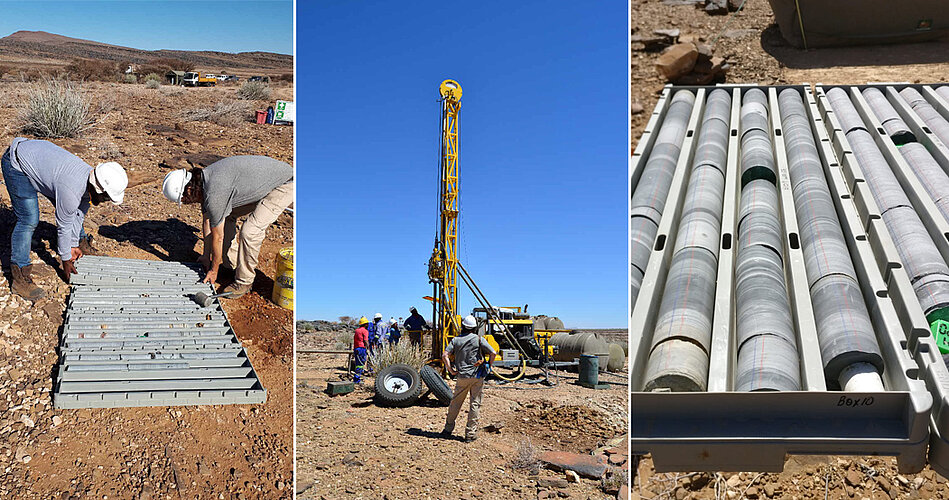
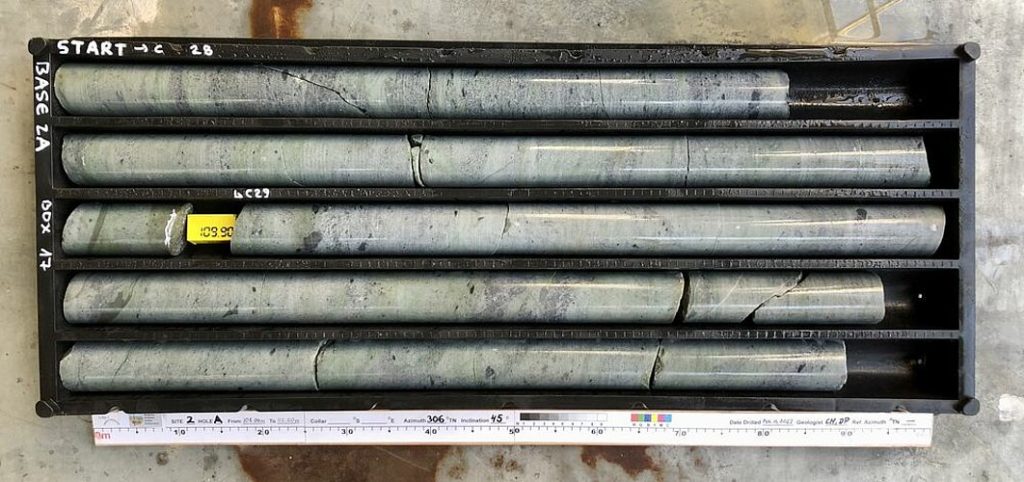
The international TADP team includes scientists from throughout the Americas and Europe and cuts across traditional disciplinary boundaries incorporating geologists, geophysicists, climatologists, and biologists working in an integrated framework. The project is lead by a team of researchers from Brazil and the US, who have been working together over the last 8 years to bring the project to fruition. Major funding for the TADP includes the International Continental Scientific Drilling Program (ICDP), the US National Science Foundation, the São Paulo Research Foundation (FAPESP), and the Smithsonian Tropical Research Institute (STRI).
The origins of the Amazon biodiversity
Tropical South America is a key region on Earth, and its Amazon-Andean rainforest hosts over half of all terrestrial plant species. The origins of this great biodiversity remain one of the foundational problems in modern science, and the question has spurred scientific research and debate since the pioneering work of Darwin and other naturalists of the 19th century. Yet the long-term history of the landscape and its species diversity remain virtually unknown, because the record is buried deep within the sediments of the basins across Amazonia.
>> Saiba mais sobre a origem da Amazônia (link para uma página com a transcrição da entrevista ao Nexo + vídeo do André)
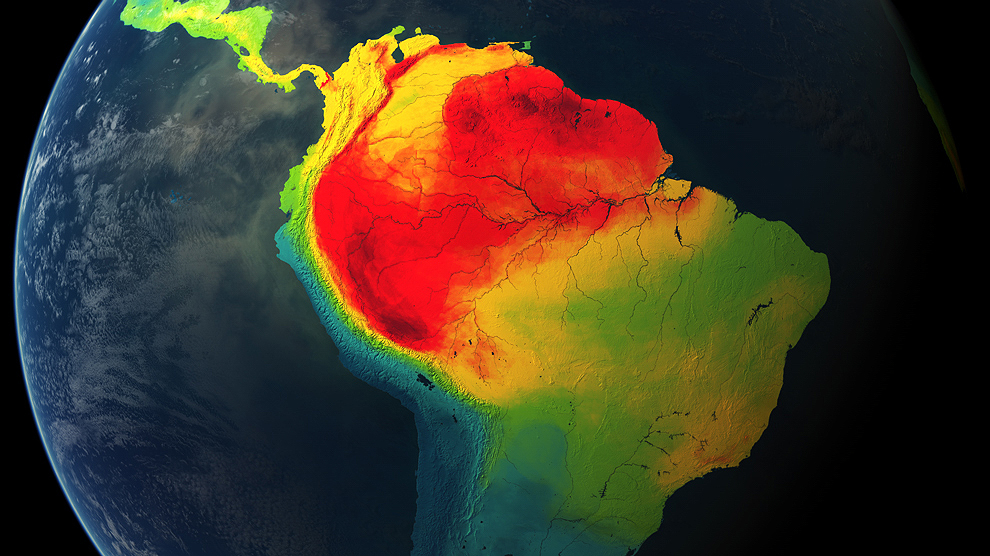
Outreach and knowledge legacy
Analysis of these sediments by interdisciplinary teams will transform our understanding of the history of Amazonia and the dynamic linkages between biotic evolution and mountain building, climate, and landscape evolution. The project will provide regionally relevant educational material on Amazon geologic and biotic history by developing educational programs for primary and secondary students, museum exhibits, and outreach activities in local communities. We hope to enhance public appreciation of how geologic history influenced the forest and its species, thereby stimulating greater interest in conservation of this invaluable resource. Early career scientists from participating institutions will take part in drilling and subsequent studies, exposing them to a wide range of tools and approaches and fostering interdisciplinary skills through their interactions with a diverse international multidisciplinary team. Project participants are also engaged in teaching classes at their home institutions, presenting public lectures, and developing materials for museums and other educational forums that translate science to the broader public.
